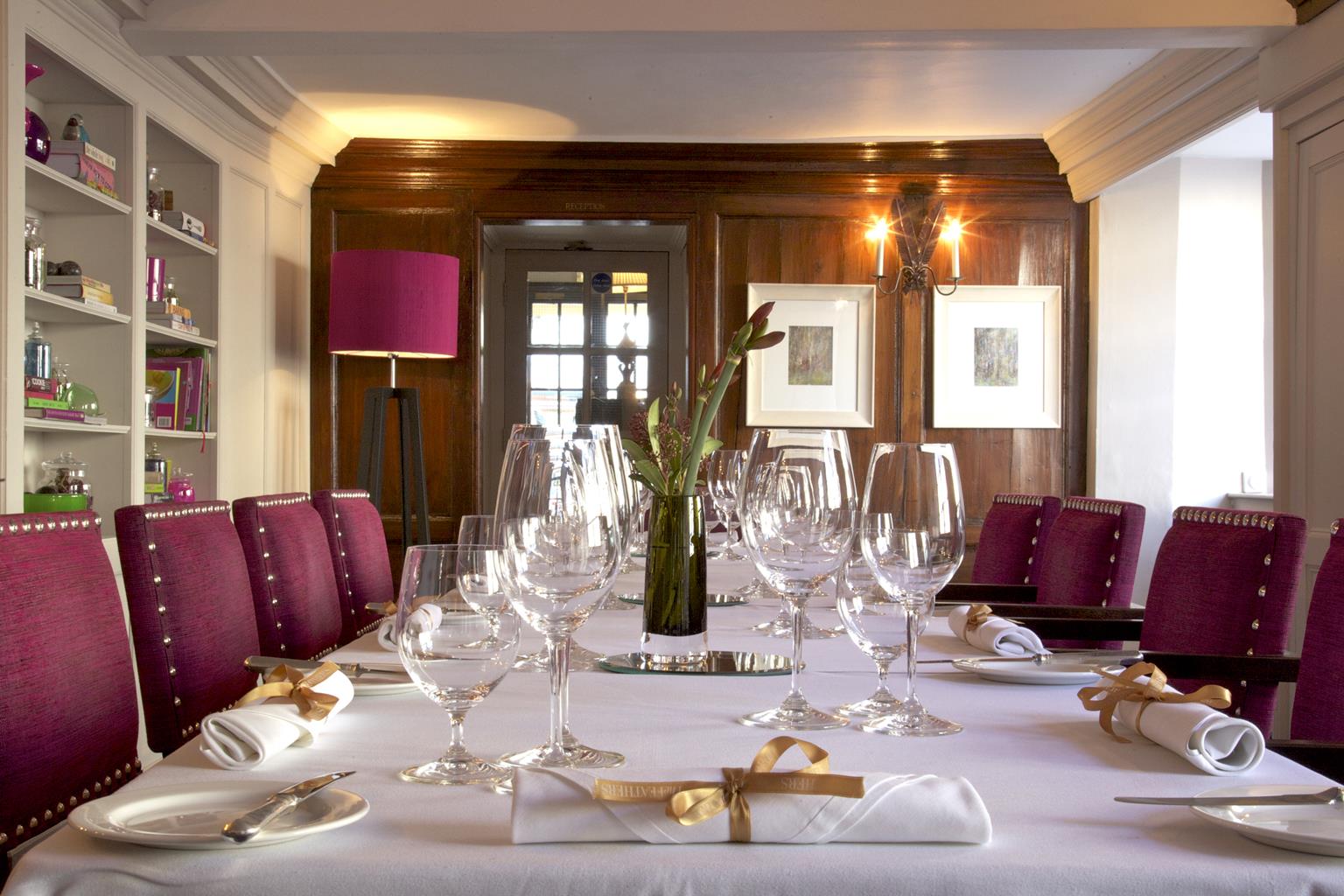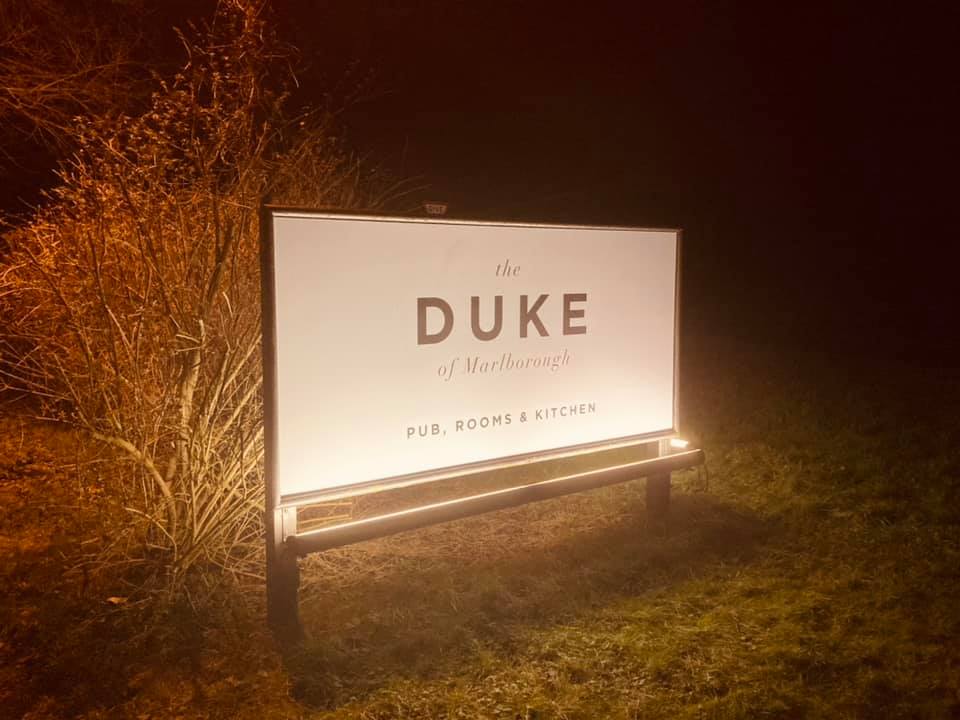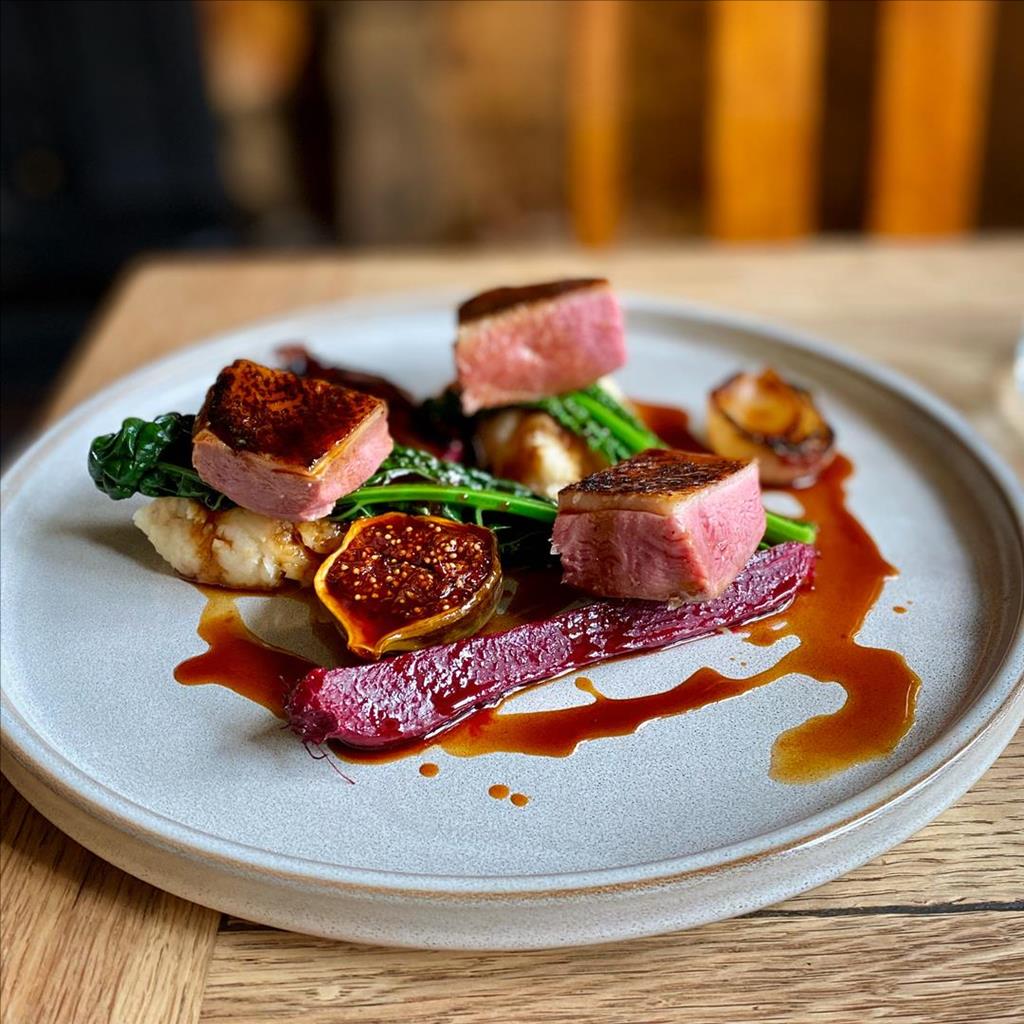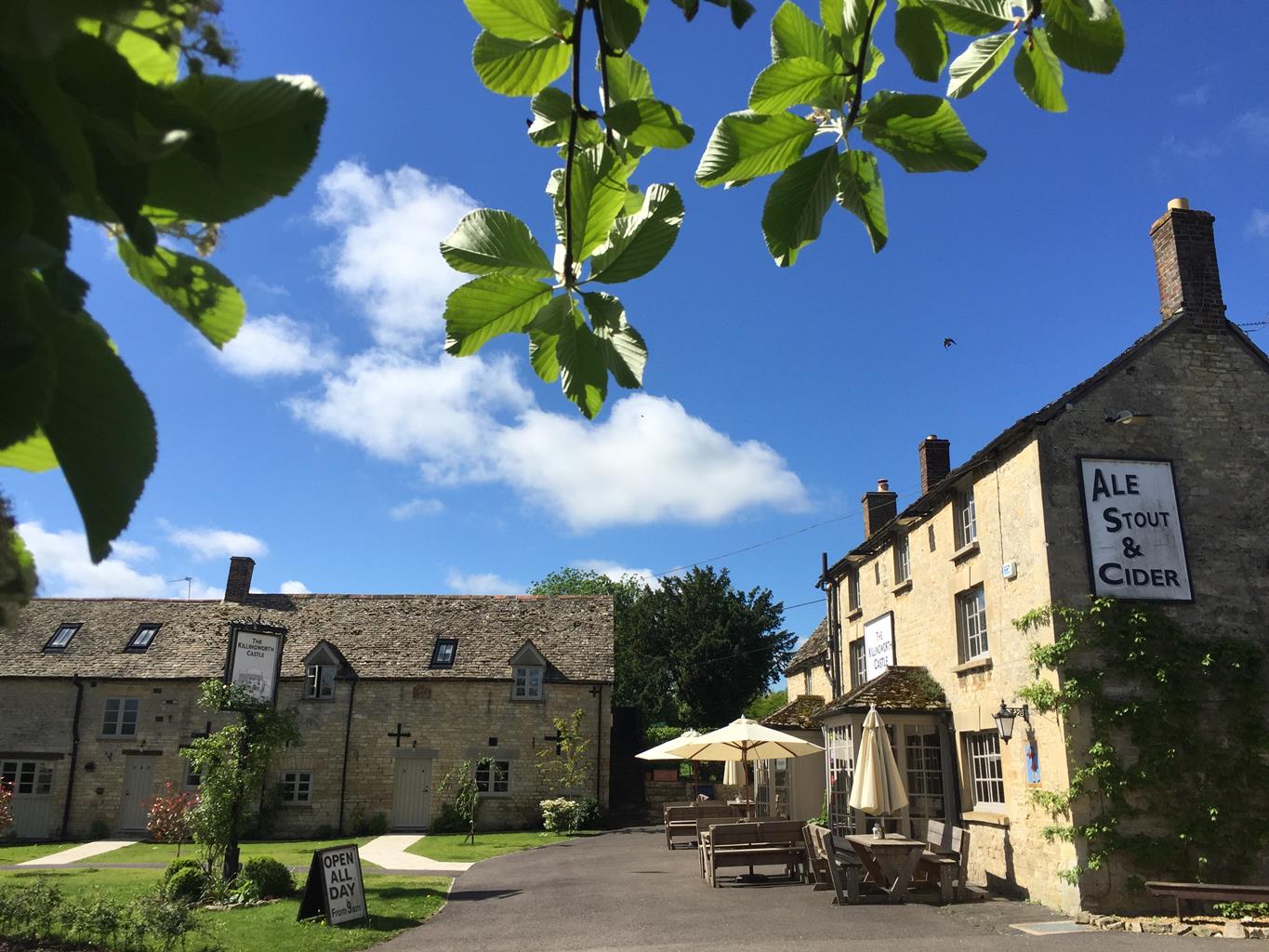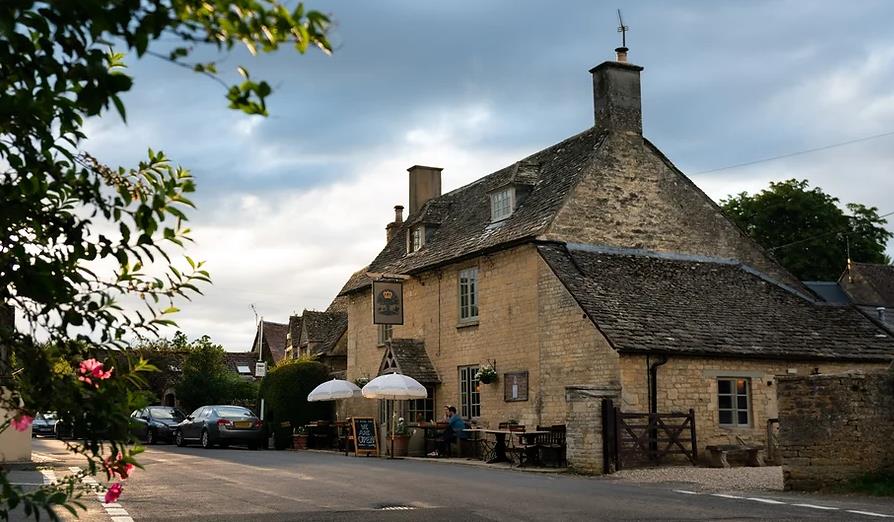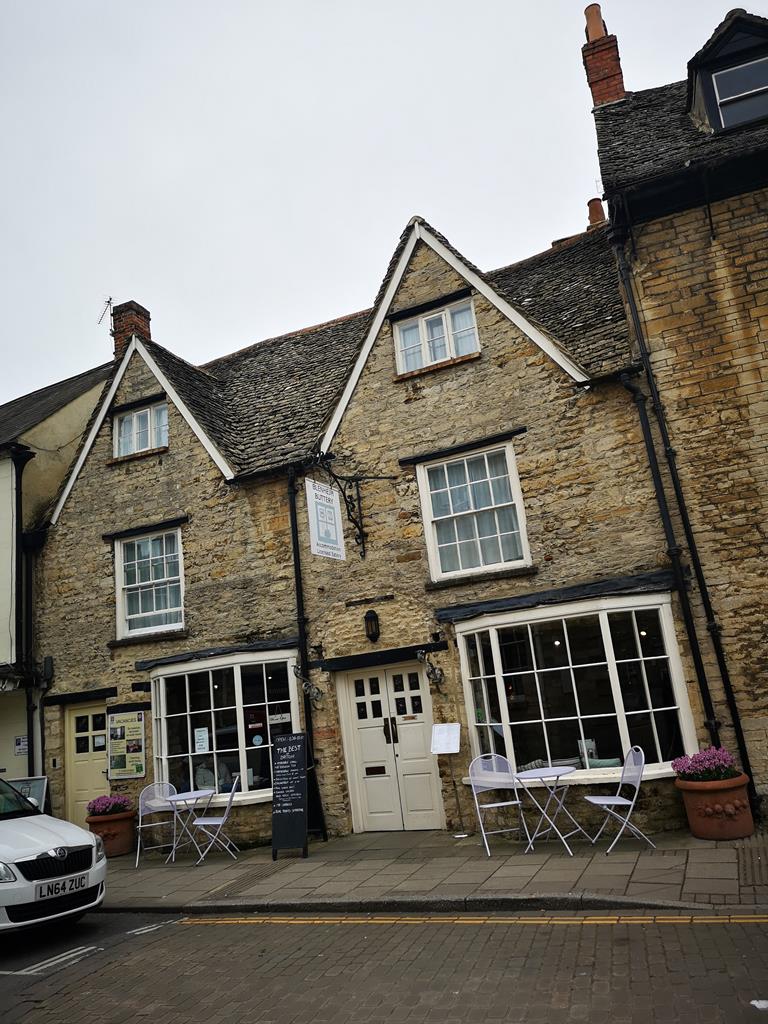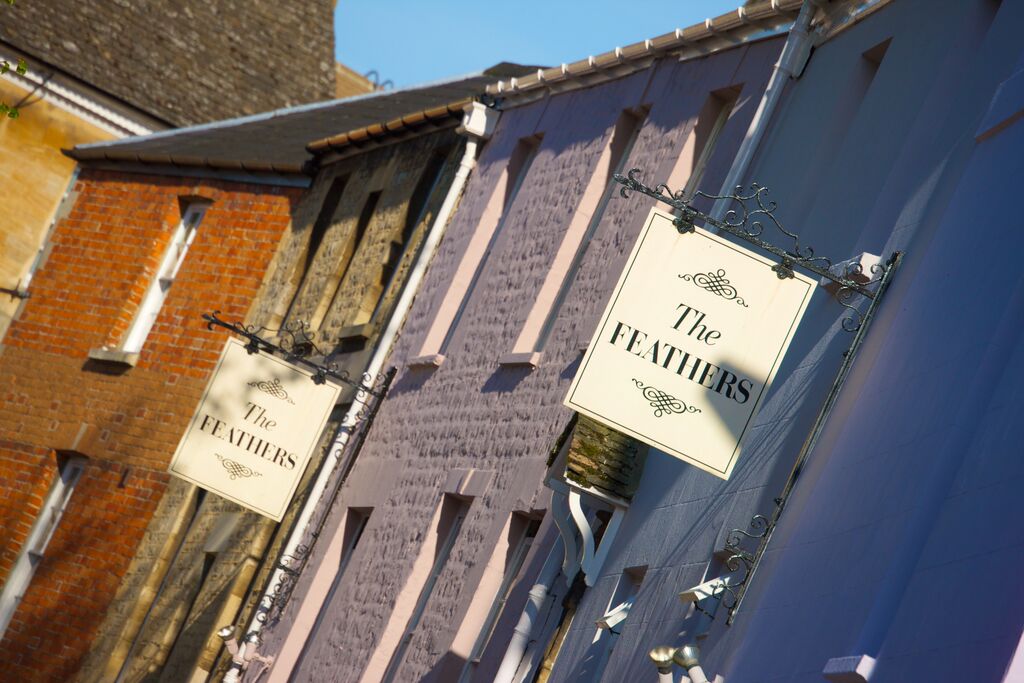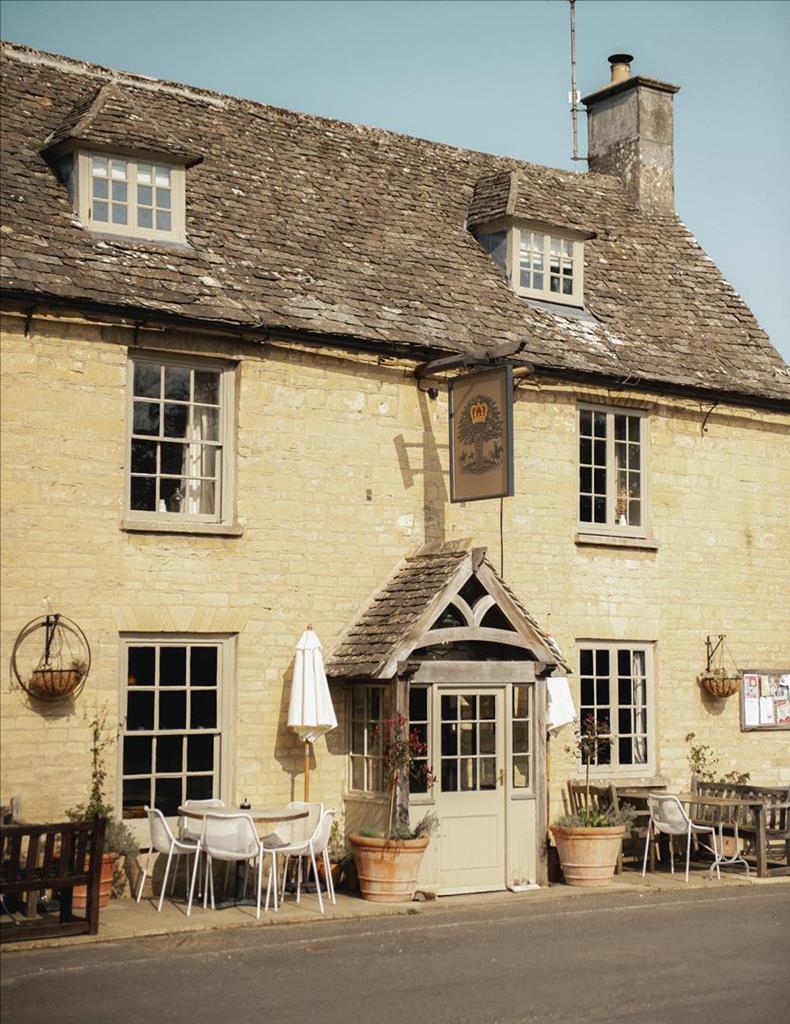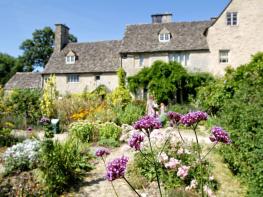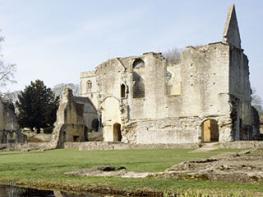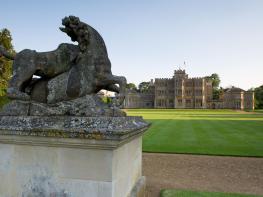Blenheim Buttery is an old building from 1668 situated in the heart of Woodstock. On the ground…
Blenheim Palace parklands

7 miles (11.3kms)
About the walk
When King George III first set eyes on Blenheim Palace, he remarked, ‘We have nothing to equal this.’ Few would disagree with him. The views of the palace, the lake and the Grand Bridge from the waterside path on this delightful walk are stunning. Set in a magnificent 2,000-acre (810ha) park landscaped by ‘Capability’ Brown, the great Baroque house covers a staggering 7 acres (2.8ha) and is England’s largest stately home.
Blenheim Palace took nearly 20 years to build and was finally completed in 1722. The architect John Vanbrugh was commissioned to design the house for John Churchill, 1st Duke of Marlborough (1650–1722), following his victory over the French at Blenheim in 1704. Inside, there are various state rooms and tapestries, the Long Library – considered by many to be the finest room in the house – and the room where Winston Churchill was born in 1874.
It was Queen Anne who decided that John Churchill’s efforts in battle should be suitably rewarded, reflecting the high regard in which the nation held him. But what exactly did Churchill do to earn such respect? As a soldier and as a statesman, he was responsible for suppressing Louis XIV’s imperialist ambitions in Europe. His spirit and determination resulted in a humiliating defeat of the French at Blenheim on 13 August 1704.
In gratitude, Queen Anne conferred the Royal Manor of Woodstock on the Duke of Marlborough and his heirs in perpetuity, and a sum of £500,000 was voted by parliament for the building of Blenheim Palace. But problems lay ahead. The Duke’s wife, Sarah, was Princess Anne’s favourite companion before she became Queen in 1702. Sarah used her close friendship and her influence in royal circles to secure a dukedom for her husband, and it was she, not the Duke of Marlborough, who approved the plans and then supervised the building work. Proving just how ruthless and determined she could be, Sarah rejected Sir Christopher Wren’s designs in favour of those produced by John Vanbrugh. The Duchess remained a thorn in the side of builders and architects for some time, insisting that all she wanted was a ‘clean, sweet house and garden, be it ever so small.’ Parliament complained about the spiralling cost, money gradually ran out and the Duchess forbade Vanbrugh from seeing the finished building in 1725, refusing him entry to the grounds. Characterised by ornament and exuberance, creating a memorable skyline, Blenheim Palace is not to everyone’s taste, though the immense scale of the house has to be seen as a tribute to the skill and ingenuity of its creators. The vast parkland and gardens, too, are renowned for their beauty and range with Vanbrugh’s Grand Bridge as the focal point.
Walk directions
From the green, take the road signposted ‘East End’. Swing right by the village pump into the churchyard and keep left of the church. Exit through the gap in the boundary wall, flanked by two gravestones, and begin skirting the right-hand edge of the sports field. After about 50yds (46m), branch off into the trees, then head diagonally across the field. Cross into the next field and keep to the right edge of the wood. In the next field, turn left (trees on the left) and go up to the woodland corner. Pass through a gap in the hedge and cross the field.
Exit to the road, turn left and keep right at the next junction. Walk to Combe Gate. Go through the large kissing gate into the grounds of Blenheim Palace, keep left at the junction and follow the drive through the parkland. As it sweeps left to a cattle grid, veer to the right by a Public Footpath sign. Follow the grassy path to a stile. Keep right when the path divides and walk beside the western arm of The Lake.
Eventually go through a gate to reach a tarmac drive. Turn right and walk down towards the Grand Bridge. As you approach it, turn sharp left, staying on the road, passing between mature trees with Queen Pool on your right. Keep left, cross a cattle grid and ascend the road through the park. With the Column of Victory on your left, follow the drive as it sweeps to the right.
Turn left in front of the third cattle grid, in line with Furze Platt (right). Join the Oxfordshire Way, go through a gate and follow the grassy track beside trees, then along a gravel track between fields. At length cross a track and continue towards woodland. Enter, and turn left after a few paces to join a clear track.
After about 150yds (137m) take the first left, crossing a footbridge to reach a field edge. Keep right here, go through a gate and follow the obvious path across a large field beside fencing. Go through a gate and turn right onto a track. Keep alongside trees to a junction. Turn right and follow the grassy track down to and through a wood, then diagonally left across a strip of pasture to an opening. Go up to a track and cross it to a ladder stile.
Turn left to a hedge, then turn right, keeping it and a ditch on your right. Skirt a field to the road, turn right and walk back into Combe.
Additional information
Field paths and tracks, parkland paths and estate drives. Some quiet road walking, several stiles
Farmland and parkland
On lead in grounds of Blenheim Palace
OS Explorer 180 Oxford, Witney & Woodstock
Spaces in centre of Combe
None on route
WALKING IN SAFETY
Read our tips to look after yourself and the environment when following this walk.
Find out more
Also in the area
About the area
Discover Oxfordshire
Located at the heart of England, Oxfordshire enjoys a rich heritage and surprisingly varied scenery. Its landscape encompasses open chalk downland and glorious beechwoods, picturesque rivers and attractive villages set in peaceful farmland. The countryside in the northwest of Oxfordshire seems isolated by comparison, more redolent of the north of England, with its broad views, undulating landscape and dry-stone walls. The sleepy backwaters of Abingdon, Wallingford, Wantage, Watlington and Witney reveal how Oxfordshire’s old towns evolved over the centuries, while Oxford’s imposing streets reflect the beauty and elegance of ‘that sweet city with her dreaming spires.’ Fans of the fictional sleuth Inspector Morse will recognise many Oxford landmarks described in the books and used in the television series.
The county demonstrates how the strong influence of humans has shaped this part of England over the centuries. The Romans built villas in the pretty river valleys that thread their way through Oxfordshire, the Saxons constructed royal palaces here, and the Normans left an impressive legacy of castles and churches. The philanthropic wool merchants made their mark too, and many of their fine buildings serve as a long-lasting testimony to what they did for the good of the local community.
Nearby stays
Restaurants and Pubs
Nearby experiences
Recommended things to do
Why choose Rated Trips?
Your trusted guide to rated places across the UK
The best coverage
Discover more than 15,000 professionally rated places to stay, eat and visit from across the UK and Ireland.
Quality assured
Choose a place to stay safe in the knowledge that it has been expertly assessed by trained assessors.
Plan your next trip
Search by location or the type of place you're visiting to find your next ideal holiday experience.
Travel inspiration
Read our articles, city guides and recommended things to do for inspiration. We're here to help you explore the UK.



